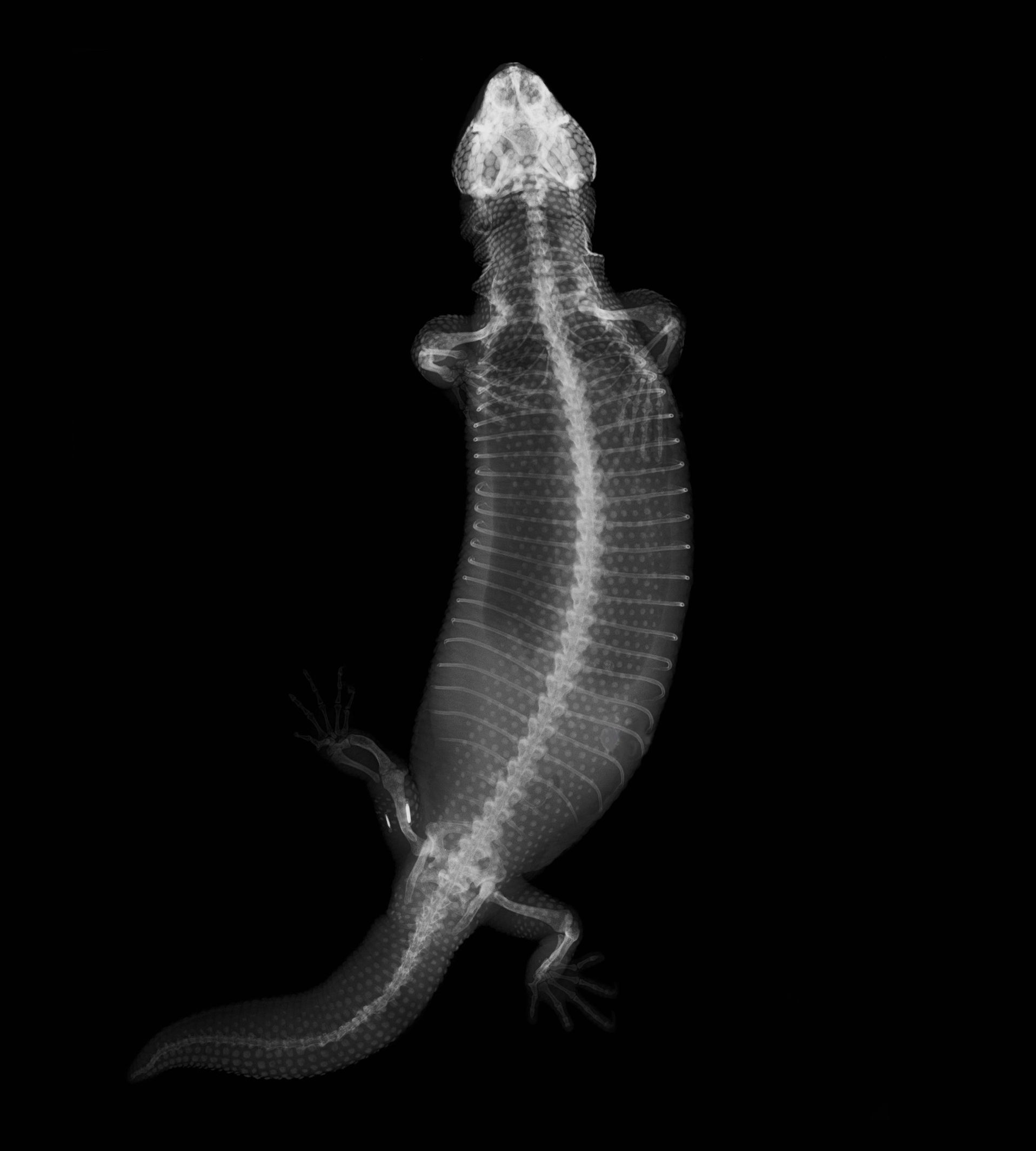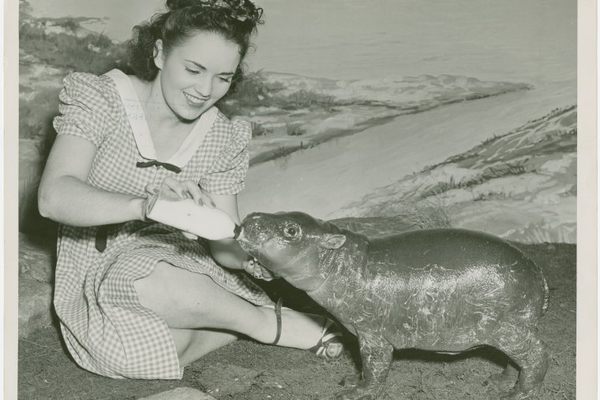See Inside an Array of Zoo Animals With These X-Rays
They’re going to be okay.

Generally, zoos serve an educational purpose, providing kids and the curious with opportunities to see animals up close. But they also conduct field research in some cases, and are frontiers for veterinary care. This week, the ZSL London Zoo released unique images of some of its 18,000 animals that come from these veterinary efforts—X-rays—shared as a part of their Vets in Action program.

The X-ray photos are taken during routine health checks by the on-site veterinarians. During these relatively frequent checkups, animals are weighed and measured and examined in detail, in particular for health issues that are known to visit certain species. Most of the creatures are comfortable during the procedures, thanks in large part to their daily interactions with their caretakers.

Regular zoo-goers know what geckos or armadillos look like from the outside, in their enclosures, but such internal views can be a rare treat for most. “We can tell so much about an animal’s health from looking at an X-ray, from the strength of their bones to how healthy their heart is,” says Heather MacIntosh, ZSL London Zoo veterinary nurse, in a statement. “They’re vital to our work.”

The zoo, which officially opened on April 27, 1828, is the oldest zoo in the world originally intended purely for scientific study. Today it houses 698 different species of animals, from pygmy hippos to the postman butterfly. It has also held some creatures that are not with us any more, from thylacines (known as “Tasmanian tigers”) to quaggas (relatives of the zebra that have since been resurrected through selective zebra breeding).

MacIntosh says her favorite X-rays are of the snakes: “Humans have 33 vertebrae while snakes have between 200 and 400, which is how they’re so incredibly agile,” she says. “It’s amazing to see it on screen.” At first, it may seem surprising that the animals are able to sit still for the scans. But these animals are all born and raised in captivity (and hence cannot be returned to the wild), so they have received extensive daily training to keep both themselves and their keepers safe. The animals are “totally unfazed during simple procedures,” such as X-rays and getting blood drawn from their tails. Unlike some of us.


















Follow us on Twitter to get the latest on the world's hidden wonders.
Like us on Facebook to get the latest on the world's hidden wonders.
Follow us on Twitter Like us on Facebook